University of Queensland has developed technology which converts Co2 into sustainable power
)
It was recently announced that researchers based at the University of Queensland have developed a generator that is capable of absorbing Co2 and then converting the captured carbon dioxide into electricity.
This excellent development has the potential to significantly benefit the carbon capture industry, as the technology that has been developed could be able to power mobile devices. The technology could also be used to capture carbon dioxide from an industrial site and then harvest energy from the production process.
The system works through two components being embedded into a hydrogel that is made up of 90% water. The solution is then cut into 4 cm discs and small rectangles and once this is done, the solutions is tested within a sealed box, whilst it is being pumped full of Co2.
Now that this system has been effectively developed and has been shown to be successful, it has been confirmed that the development of the nanogenerator will continue once it is taken over by GETCO2. This company is known as the ARC Centre of Excellence for Green Electrochemical Transformation of Carbon Dioxide. This is led by UQ’s School of Chemical Engineering, which is directed by Professor Zhang.
A member of UQ’s Dow Centre for Sustainable Engineering Innovation, Dr Zhuyuan Wang, commented that, “the small, proof-of-concept nanogenerator is carbon negative because it consumes the greenhouse gas. This nanogenerator is made of two components: a polyamine gel that is already used by industry to absorb CO2 and a skeleton a few atoms thick of boron nitrate that generates positive and negative ions. We’ve worked out how to make the positive ions much larger than the negative ions and because the different sizes move at different speeds, they generate a diffusion current which can be amplified into electricity to power light bulbs or any electronic device. In nature and in the human body, ion transportation is the most efficient energy conversion – more efficient than electron transportation which is used in the power network.”
Dr Wang continued, “When we saw electrical signals coming out, I was very excited but worried I’d made a mistake. I double-checked everything, and it was working correctly so I started dreaming about changing the world using this technology. This technology goes further than being carbon neutral – it consumes CO2 as it generates energy. At present we can harvest around 1 per cent of the total energy carried intrinsically by gas CO2 but like other technologies, we will now work on improving efficiency and reducing cost.”
Director of the Dow Centre, Professor Xiwang Zhang, mentioned that, “following the success of the laboratory tests, there are two potential applications for the nanogenerator in the future. We could make a slightly bigger device, that is portable, to generate electricity, to power a mobile phone or a laptop computer using CO2 from the atmosphere. A second application on a much larger scale, would integrate this technology with an industrial CO2 capture process to harvest electricity. We want to realise the value in a problematic greenhouse gas and to change the perception of CO2. Until now CO2 has been seen as a problem to be solved but it can be a resource for the future.”

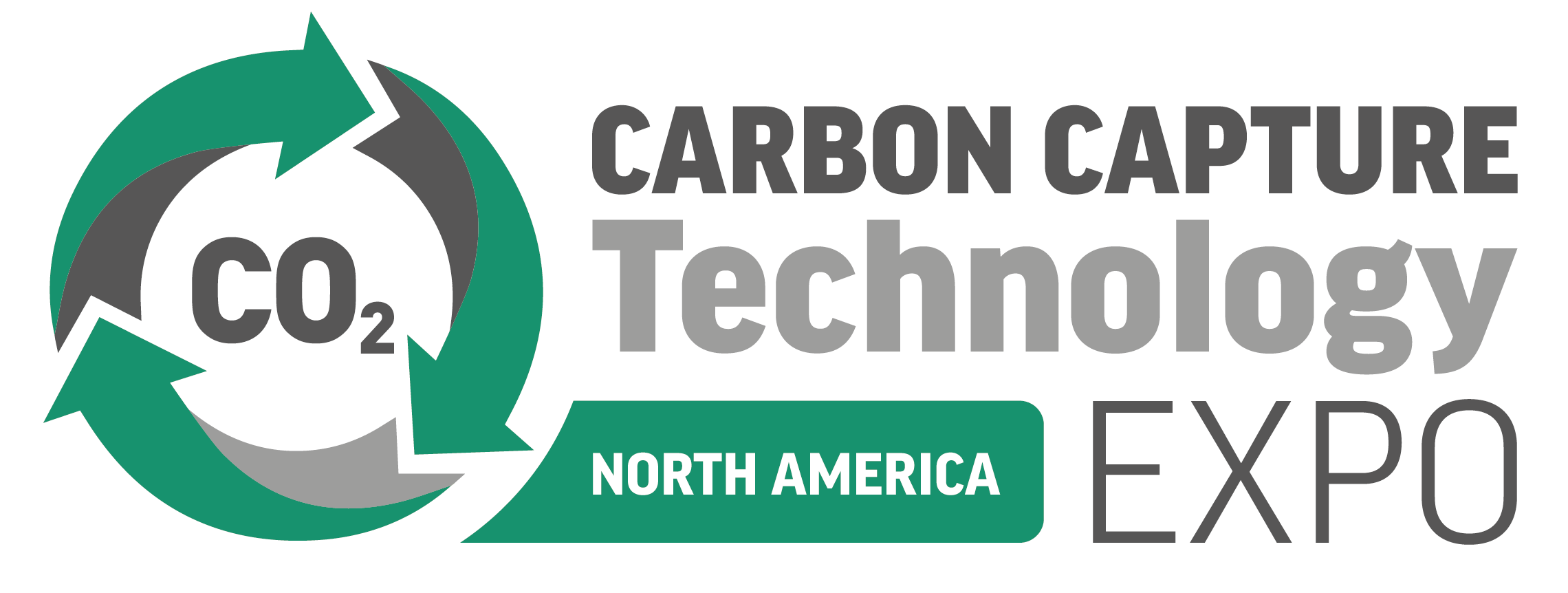
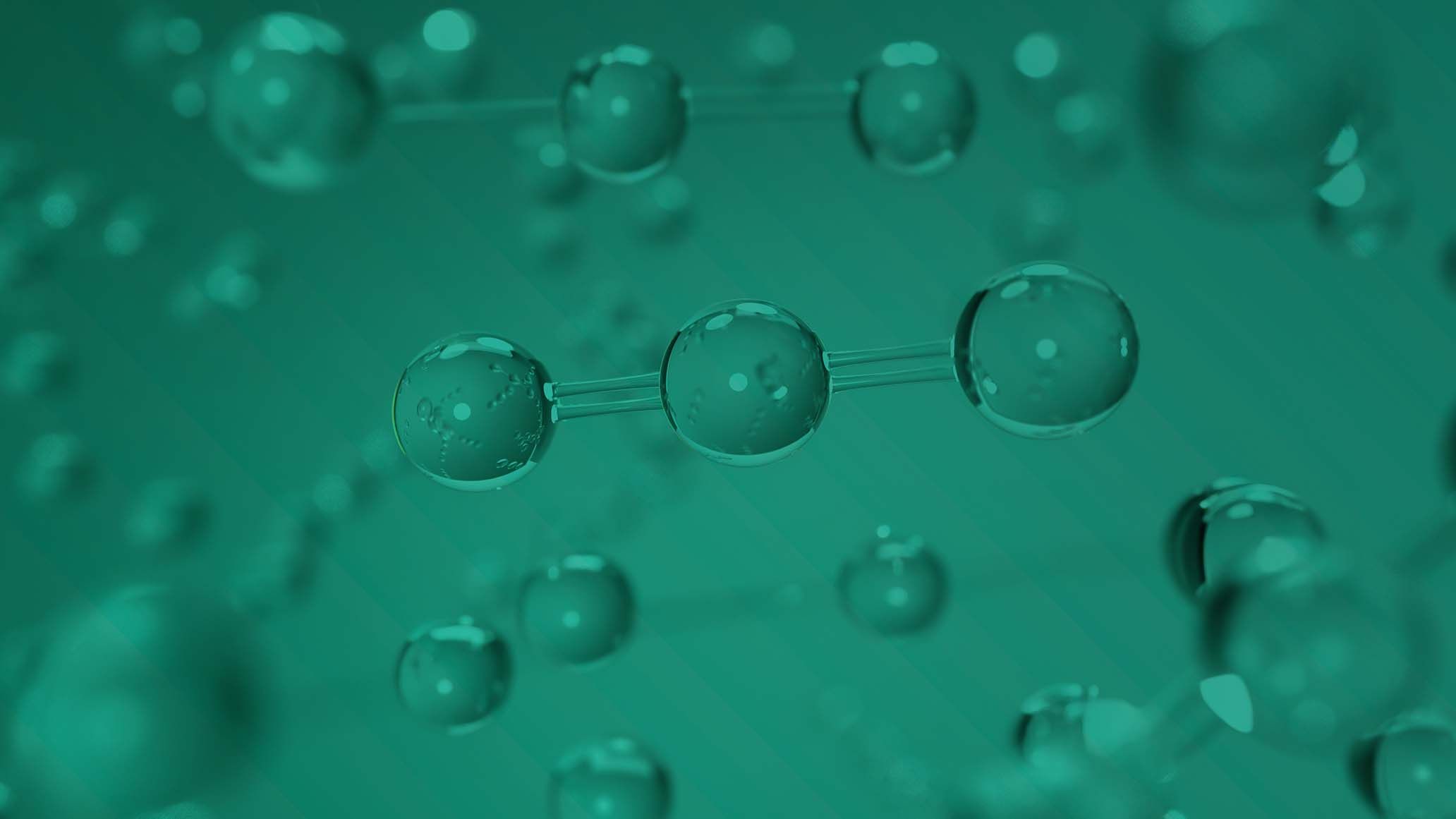
)
)
)
)
)
)
)



)
)
)
)
)
)
)
)
)
)
)
)
)
)
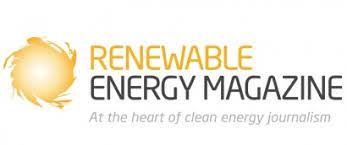
)

)
)
)

)
)
)
)
)
)
)
)
)
)
)

)

)
)
)
)
)
)
)
)
)


)
)
)
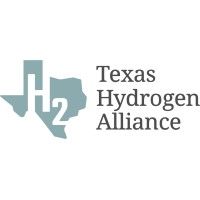
)
)
)
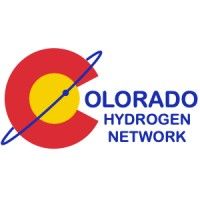
)
)
)
)
)

